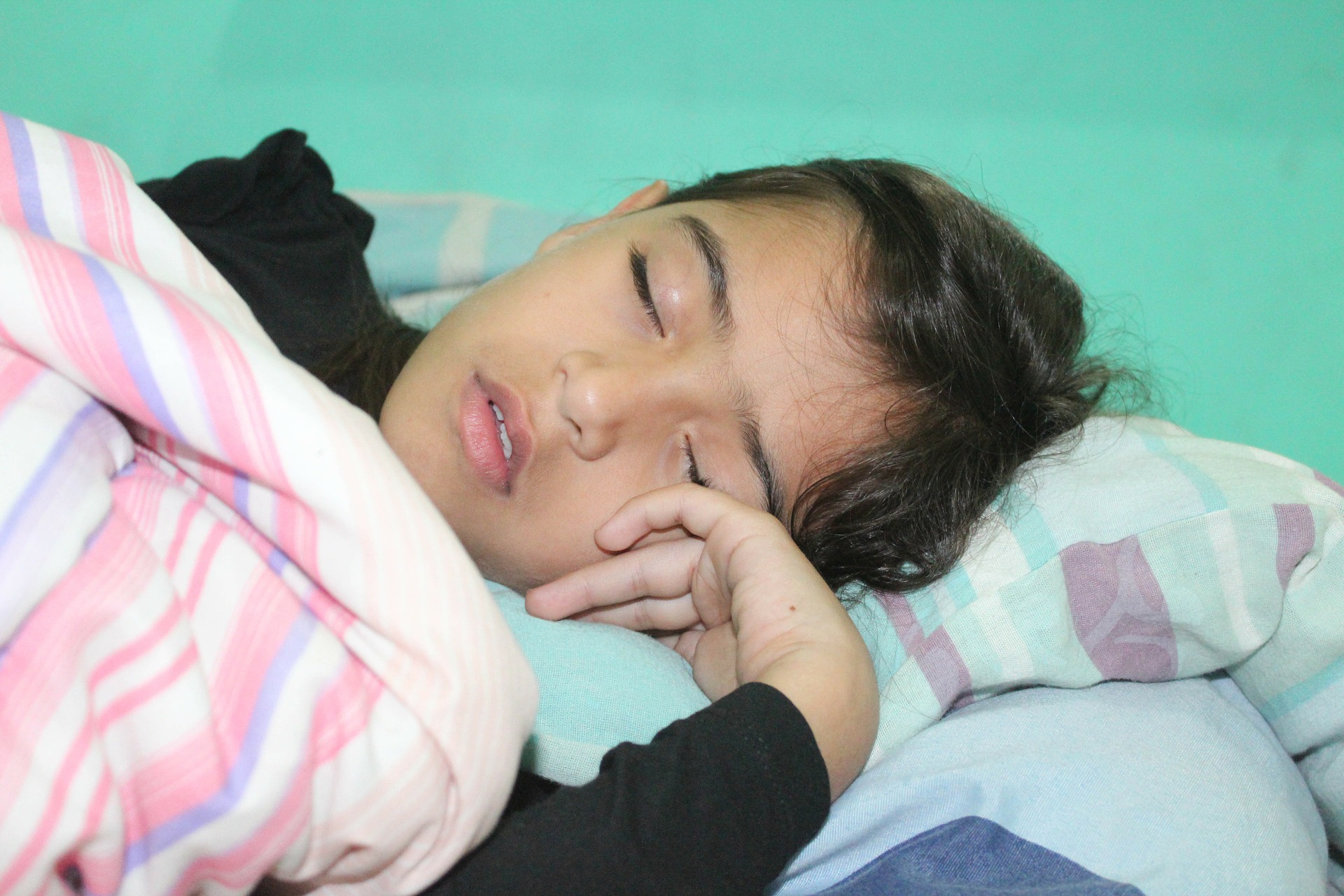Why is CGM so helpful?
Maybe you have heard of ‘CGM’ – this refers to Continuous Glucose Monitoring, a system that helps patients with diabetes make more informed treatment decisions that can lead to better glycemic control.
CGM delivers fast and reliable glucose readings every five minutes or so to a receiver, a phone, or an insulin pump - logging hundreds of readings a day. A finger-prick blood glucose check gives only one reading at a time, in the moment it is taken. With only this piece of information, it's hard to know if blood glucose is staying steady, rising, or falling.
With CGM, patients can also set thresholds for high and low numbers, and the CGM alerts them when it senses their glucose levels are moving out of the safe range they set.
How does CGM work?
A continuous glucose monitor is a small, wearable device system that tracks glucose levels throughout the day and night, notifying patients of highs and lows so they can take action when needed. A CGM system consists of three parts:
· A small, under-the-skin sensor that measures glucose levels
· A transmitter that attaches to the sensor and transmits data
· A receiver that displays real-time glucose information
How do insulin pumps and CGM work together?
Right now, there are only two manufacturers of CGM – Medtronic and Dexcom – and their products have different strengths and features:
· Dexcom CGM can be used with any pump, or without a pump.
· The Dexcom G5 CGM can use the iPhone as receiver, which is great for caregivers of young kids with diabetes (for example, they can see the data when they’re at work and their child is at school).
· The Tandem t:slim G4 insulin pump pairs with the Dexcom G4 CGM to allow users to view their CGM data directly on the color touchscreen pump.
· Medtronic has integrated systems where their insulin pumps and CGM work together – the MiniMed® 530G with Enlite CGM and the MiniMed® 630G with the Guardian CGM.
· Medtronic’s CGM, integrated with their pumps, provides Threshold Suspend, which suspends insulin delivery if it detects that a patient’s glucose levels are dropping below the safe range.
Learn more about the unique features of Dexcom and Medtronic CGM.
Who can benefit from CGM?
Many different kinds of people use and benefit from CGM, including people with Type 1 and Type 2 Diabetes, from kids to older adults. This is a good step toward using an insulin pump and getting used to the regimen of having an infusion site to change. For Dexcom CGM, patients change the site every seven days, and for Medtronic CGM, patients need to change the site every six days.
How does Healthy Living help you get started with CGM?
Healthy Living can help with enrollment for CGM and ongoing, monthly supply refills. The enrollment process is very similar to insulin pump enrollment. Many Healthy Living patients use CGM, because it gives them the opportunity for tighter monitoring and better diabetes management.
Is there any new CGM technology on the horizon?
The Abbott Freestyle Libre Glucose Monitor is in use in Europe and has been receiving glowing reviews. With these features, this meter is especially exciting:
· Very tiny glucose sensor (0.2 inches in length, about the thickness of a hair) with a simple insertion process
· Water resistant, plastic, on-body patch the size of a one-dollar coin
· Sensor that remains inserted for 14 days and does not require finger-stick calibrations
· One-hour startup time
This CGM is currently under review in the U.S. by the FDA. It looks like it will be an effective option for patients to gain better insight into their blood sugar levels while coming in at a very competitive price point. Check out this article to learn more.
We are monitoring the FDA approval process for the Abbott CGM and should be able to provide this exciting new product to our customers when it becomes available.
Ready to learn more about CGM?
When you are ready to consider putting this beneficial CGM technology to use for your own diabetes management, call Crystal and George - our Insulin Pump & CGM Therapy Team - at (866)779-8512.
WE LOVE TO HELP.
- Sign up for the Healthy Living Blog at myhlms.com/subscribe.
- Call us @ (866)779-8512 or text us @ (248)577-9903.
- Reach us through online chat at myhlms.com.
- Check out our online store at myhlms.com/shop for accessories and over-the-counter medications.
- Visit myhlms.com/providers to electronically complete and sign prescriptions for patients.
WE MAKE MANAGING YOUR DIABETES SUPPLIES EASY.
- We work with many insurance plan partners.
- You can approve your refills via text or phone.
- Our company’s focus is excellence in customer service.
- In addition to providing supplies, we also have a mail-order pharmacy.
- Diabetes is our specialty, and we’re prepared to help!






















